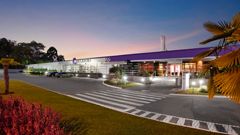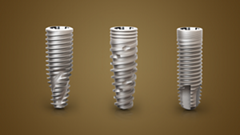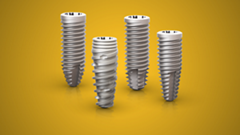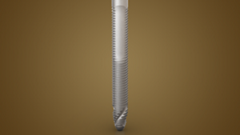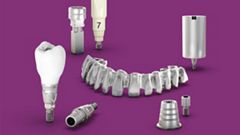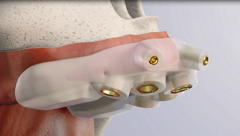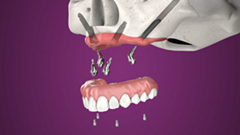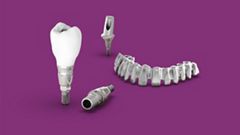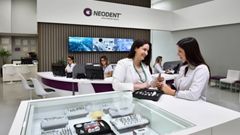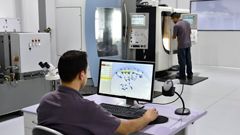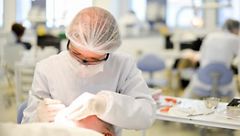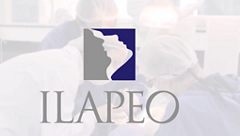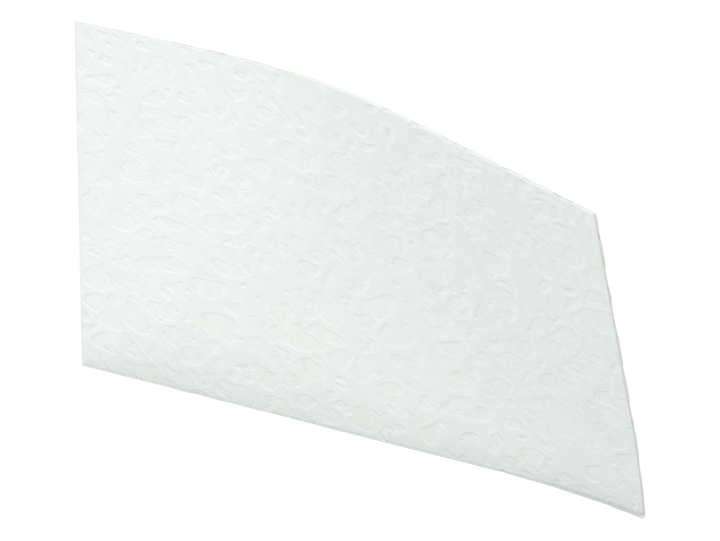
Membranes
Compelling membrane solutions.
Barrier membranes designed for GBR/GTR have to meet the following criteria: host tissue integration, biocompatibility, cell occlusiveness, permeability for nutrients and ease of use1. Our membranes exhibit outstanding handling properties, controlled degradation patterns and are characterized by their excellent biocompatibility, making them the ideal choice for applications in implant dentistry and periodontology.
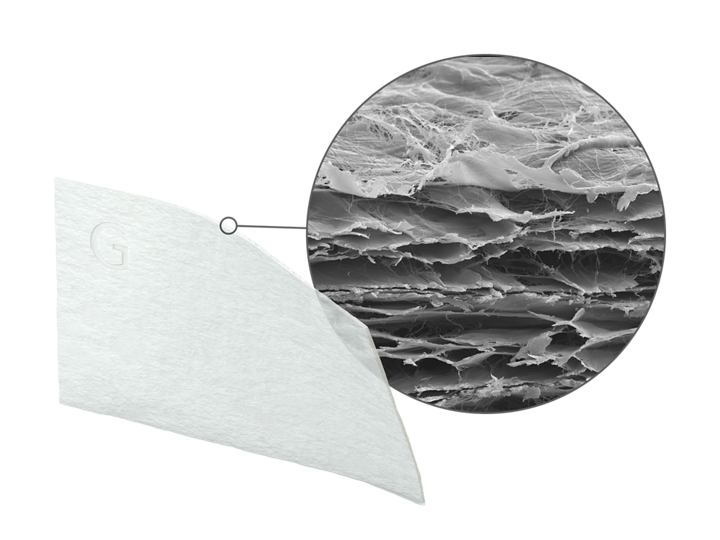
botiss Jason® membrane
The native pericardium membrane for GBR/GTR with prolonged barrier function.
The Jason® membrane is a native collagen membrane obtained from porcine pericardium, developed and manufactured for dental tissue regeneration. The advantageous biomechanical and biologic properties of the natural pericardium are preserved during the production process. Due to these unique properties, the Jason® membrane exhibits beneficial handling characteristics such as distinct tear resistance, despite its low thickness of only 0.1 to 0.25 mm, and easy drapery and adaptation to the bone surface. Due to its natural comb-like and multi-layered collagen structure (with an increased content of collagen type III), the botiss Jason® membrane shows a slow degradation, making it the recommended choice in our portfolio particularly for large augmentative procedures.

Slow degradation time, providing prolonged barrier function.

Thin membrane with high tensile strength.

The thin membrane facilitates soft tissue manipulation, particularly in challenging thin biotypes.

Easy to manipulate and cut to size even in wet conditions. Versatile application under dry and wet conditions without having to worry about the membrane sticking to itself.
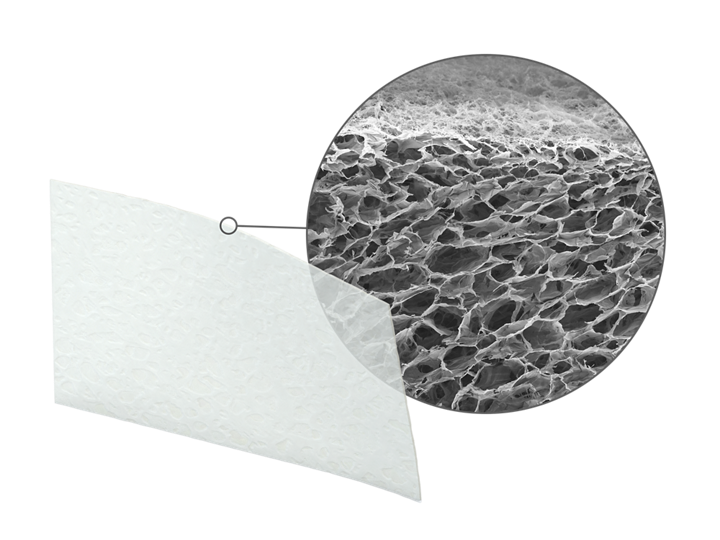
botiss collprotect® membrane
A native collagen membrane.
The collprotect® membrane is a native collagen membrane made of porcine dermis. Its multistep cleaning process ensures the removal of all antigenic and non collagenous components, while at the same time preserving its natural collagen structure. The unique processing, as well as the open porous/3-dimensional collagen structure of this membrane, are the basis for its application in dental bone and tissue regeneration.

Preserved natural dermis collagen structure for intermediate barrier function. The porous structure allows for ingrowth of vessels and supports cell attachment. The natural hemostatic effect is helpful for early wound stabilization and healing.

Can easily be cut to size, including under wet conditions. Versatile application under dry or wet conditions without the membrane sticking to itself.
1 Elgali, I., Omar, O., Dahlin, C., & Thomsen, P. (2017). Guided bone regeneration: materials and biological mechanisms revisited. European journal of oral sciences, 125(5), 315–337. doi:10.1111/eos.12364

